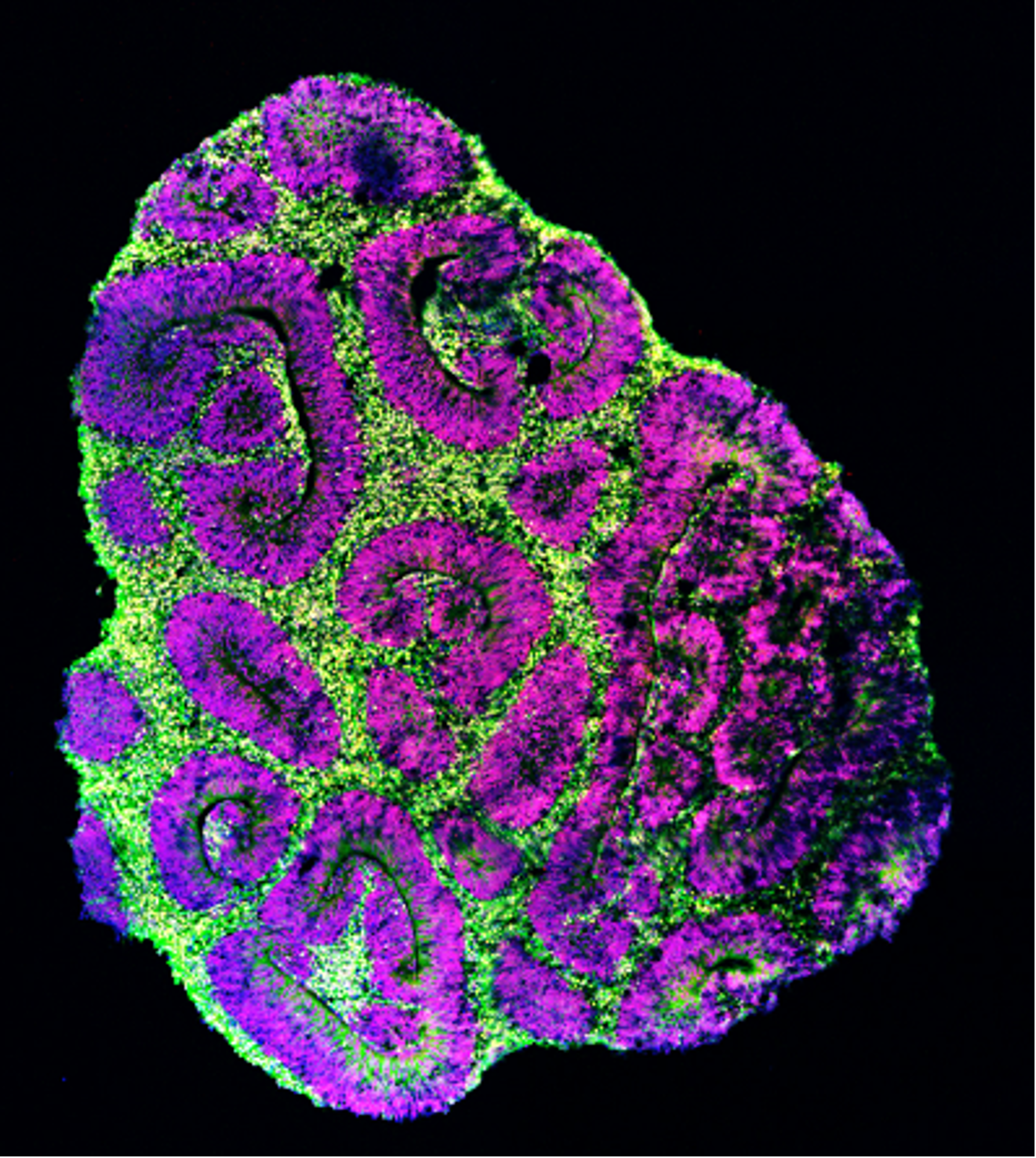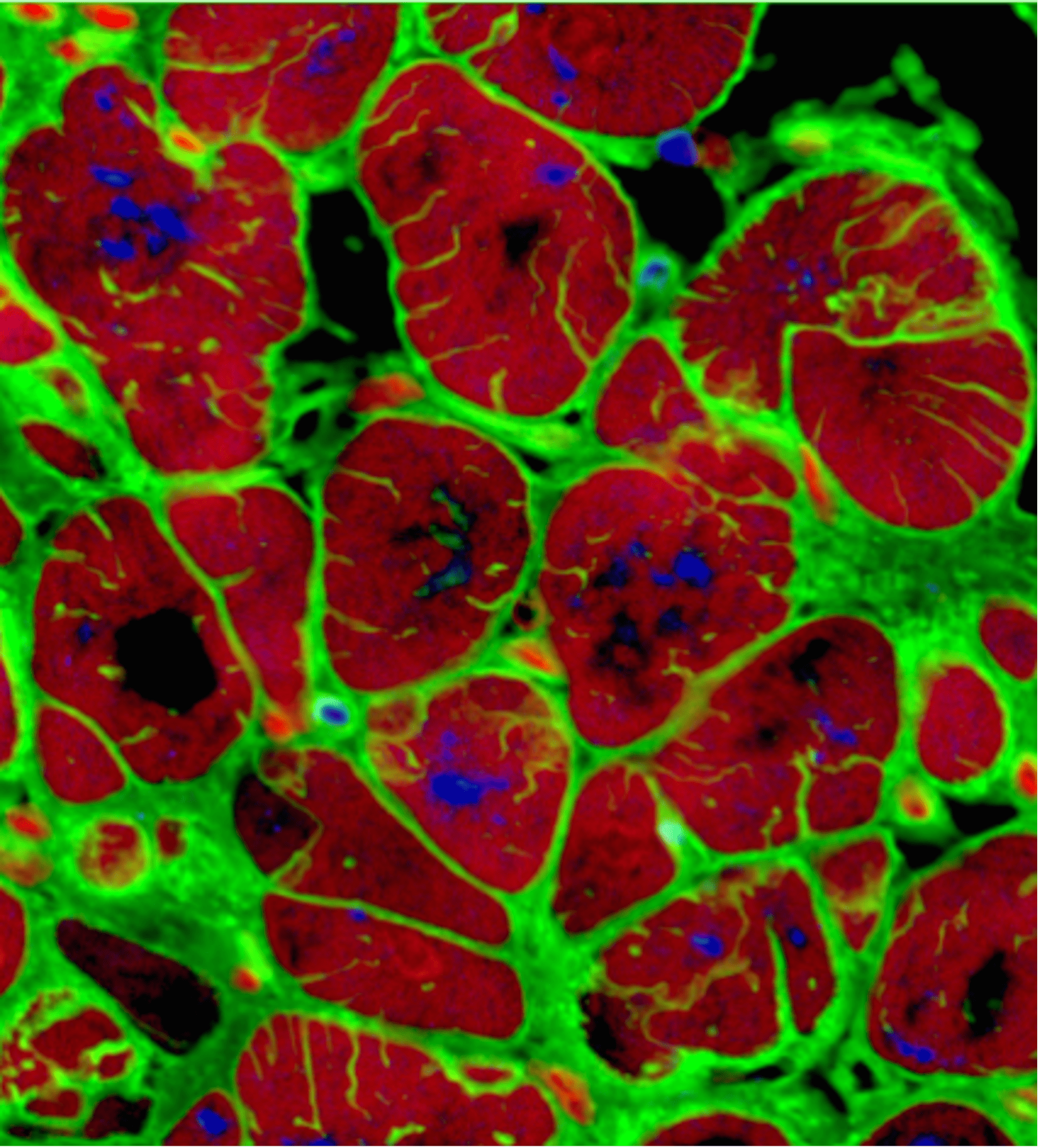Multi-Organ Repair Post Hypoxia (MORPH)
Science Objectives
Understanding and countering the effects of long-range space missions on human body remains an important challenge, that is being addressed using “organs-on-a-chip" consisting of micro-sized human tissues designed to recapitulate organ functions. The Muti-Organ repair Post Hypoxia (MORPH) investigation will translate recent advances in bioengineering into a platform providing physiological connections of human tissues by vascular flow that can be automated and allow long-term (6 months or more) studies of systemic effects of stressors. These individualized studies will focus on the effects of acute hypoxia on organ systems that are most critically affected: brain, heart, bone marrow and vasculature.



Experiment Descriptions
The Multi-Organ Repair Post Hypoxia (MORPH) investigation studies the effects of acute hypoxia on organ systems that are most critically affected: brain, heart, bone marrow and vasculature. This investigation will expand the existing, well-established linked multi-organ platform (heart, bone marrow, and vasculature) to include brain tissue in order to test the functional viability over long culture durations. This linked multi-organ platform has the capability to model organ physiology which will allow researchers to study each tissue with the goal to develop countermeasures to hypoxic injury.
Space Applications
Long-range space exploration, such as missions to Mars, require assessment of human physiology in space over extended time scales (months to years) as well as the development of technologies for spaceflight studies. This investigation aims to engineer a human tissue platform, designed to recapitulate human physiology in an individualized fashion and for durations exceeding six months. The planned studies of the effects of hypoxia and tissue protective factors may translate into the development of countermeasures for space exploration.
Earth Applications
Personalized human “organ on a chip” platforms with extended time scales can allow for studies of chronic injury and disease in response to stressors (such as hypoxic injury). This investigation aims to study the effects of exposure to hypoxia, to understand the changes to the tissue and its environment, immune responses and tissue-tissue interactions. The platform can directly contribute to the development countermeasures to hypoxic injury and can be extended to studies of the effects of other stressors of interest.
Team
Principal Investigator
Gordana Vunjak-Novakovic
Columbia University, New York City, NY, United States
Subcontract Principal Investigator
Mirjana Maletić-Savatić, MD, PhD
Baylor College of Medicine, Houston, Texas, United States




